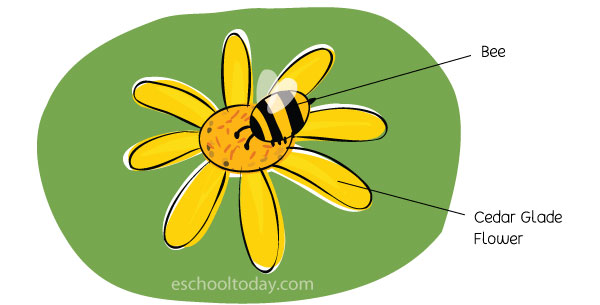- Symbiosis
What is Mutualism as a Symbiotic Relationship?
Mutualism is a symbiotic relationship between two species in which both species benefit. It is important to note that a relationship can be physical or non-physical.
One great example of mutualism is between the Shrimp Goby Fish and the Pistol Shrimp. It probably got its name from its relationship with the shrimp. These two species are best friends and live at the bottom of the water body. Pistol shrimp is partly blind, so it stays close to the goby fish, who has perfect eyesight. When there is danger approaching, the goby fish signals to the shrimp with its tail, then they all retreat to shrimps burrow, where they hide and eat until the threat is no more.

In the example above, both species benefit from each other.
The action of pollination is another great example of mutualism as a symbiotic relationship. Think of honey bees and cedar glade flowers as another example. The flowers produce nectar for the bees. When the bees visit and enjoy the nectar, the bees return the favor by spreading the pollens of the flowers around for pollination to occur. Both the bees and the flowers benefit from this relationship.
